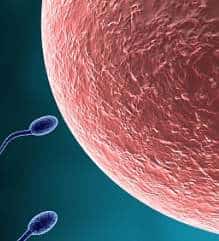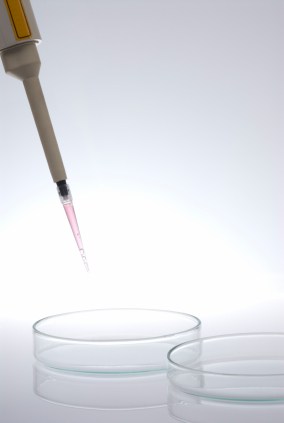In-vitro fertilization, or IVF, is a type of advanced reproductive technology used to help women conceive. It involves manually fertilizing the woman’s egg with the male partner or sperm donor’s sperm, then transferring the resulting embryo into the woman’s uterus. It is a rather expensive procedure; so many women use it as a last resort after other fertility treatments fail.
The Basic Steps of IVF
The procedure involves several steps, including a preparation phase, a collection phase, a fertilization phase and the actual implantation of the embryo. If you are considering IVF, here is what you can expect: Preparation- In order for IVF to work, you need to be producing viable eggs. Every woman is born with a set number of eggs, and typically, only one ripens each month during the ovulation stage of your menstrual cycle. During the in-vitro fertilization procedure, however, your doctor needs to collect more than one egg to increase the chances of success. Special fertility medications are used to both control the timing of the egg’s release and increase the overall amount of viable eggs. Your doctor will use ultrasounds and other tests to determine the right time to harvest the eggs.
- Preparation– In order for IVF to work, you need to be producing viable eggs. Every woman is born with a set number of eggs, and typically, only one ripens each month during the ovulation stage of your menstrual cycle. During the in-vitro fertilization procedure, however, your doctor needs to collect more than one egg to increase the chances of success. Special fertility medications are used to both control the timing of the egg’s release and increase the overall amount of viable eggs. Your doctor will use ultrasounds and other tests to determine the right time to harvest the eggs.
- Collection– Once your eggs are ripe and ready to go, your doctor will need to collect them from your ovaries. This is done through a minor surgical procedure called follicular aspiration. During the procedure, your doctor will use an ultrasound to guide a thin, hollow needle to your ovaries and remove the ripened eggs. Typically, this is done under general anesthesia so you don’t feel pain, although cramping afterward is common.
- Fertilization– Once your eggs and your male partner’s sperm are collected, the two are placed together in a special chamber where fertilization should occur. The method of fertilization is similar to how it would occur inside the body, with the strongest sperm reaching the eggs and penetrating the cell wall. In cases where the chance of fertilization occurring are too low, your doctor may opt for ntracytoplasmic sperm injection, in which a single sperm is injected into each egg. Once the egg is fertilized and divides, it is considered an embryo. Your fertility team will continue to monitor its progress for about five days.
- If all goes well with the fertilization phase, your specialist will transfer the embryos into your uterus by threading a thin tube into your vagina and up through the cervix into the womb. Typically, your specialist will transfer multiple embryos to increase the chances of success. You are awake for this procedure, and may feel some cramping as the tube enters your cervix. If the embryos implant into the lining of womb, pregnancy occurs and the IVF procedure is considered a success.


